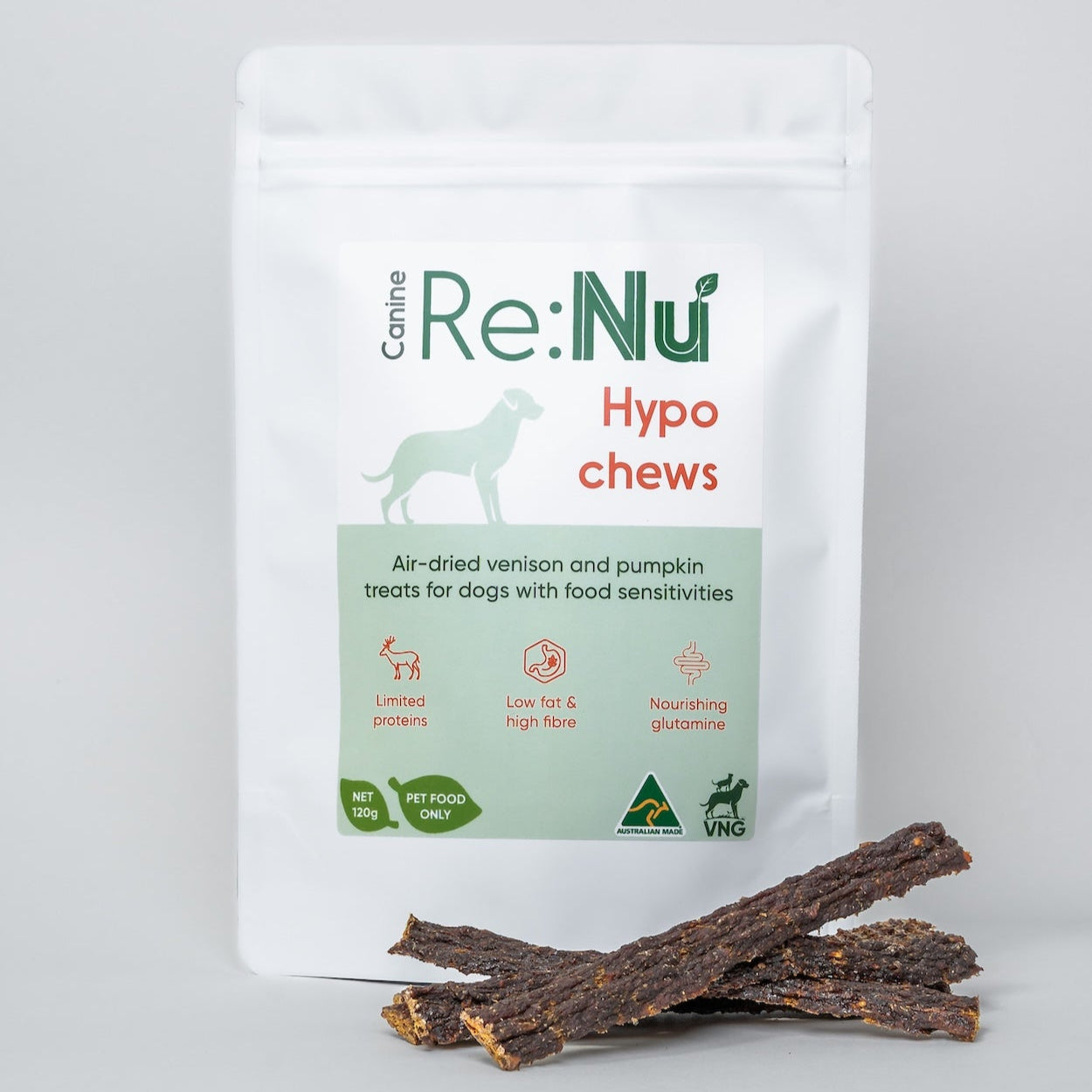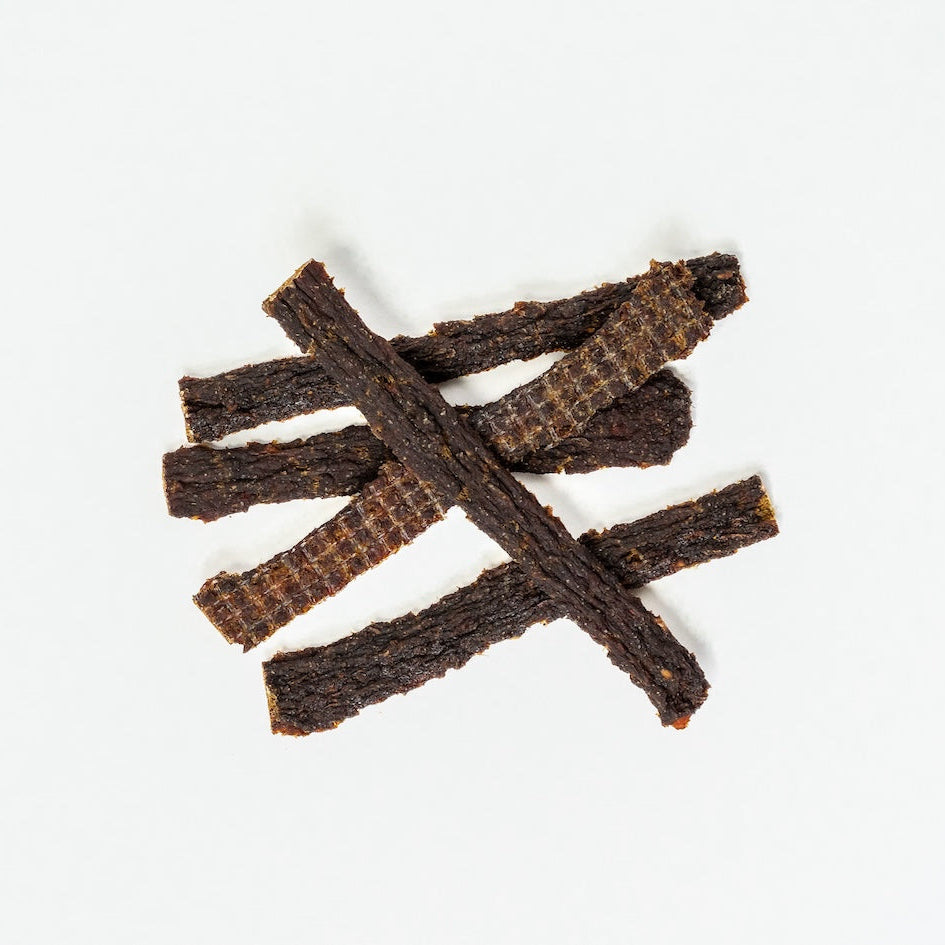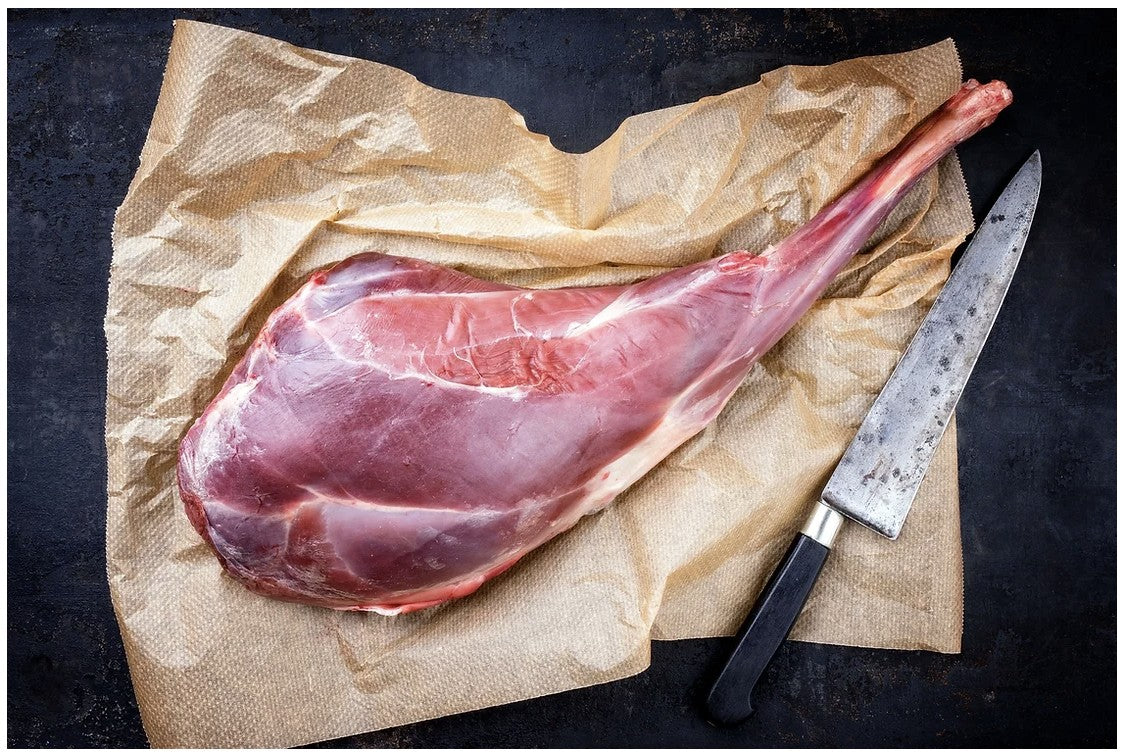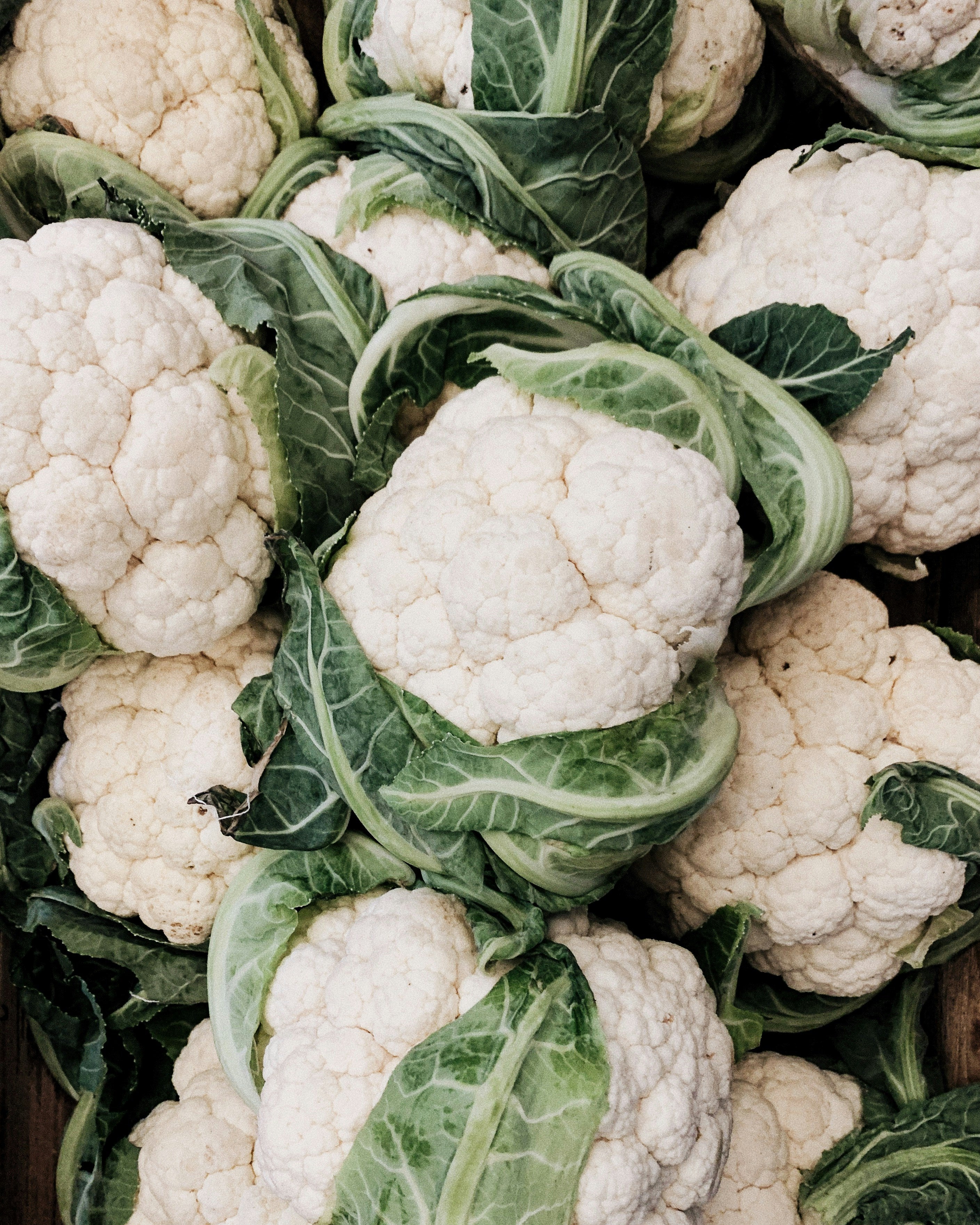
Feeding guide for dogs with food sensitivities
With CompleteMe Hypo Canine
Make novel or limited protein therapeutic dog food at home quickly and easily. Low fat options available.
Choose the meat, vegetables and other ingredients you would like to use with our simple, flexible guide.
Makes 1 kilogram of food, which can be portioned and frozen.
Ingredients
500 grams of lean raw meat (2-8% fat)
(see FAQs below for recommended meat types and cuts)
480 grams of cooked vegetables, fruit and/or grains
(for any included grains, please weigh out the required amount after cooking)
3 mL omega-3 rich oil (3 x 1000 mg capsules)
(we recommend marine algae oil, as it contains no animal-derived proteins)
2 teaspoons of omega-6-rich oil
(choose from: hempseed oil, walnut oil, rice bran oil, pumpkin seed oil, canola oil or sesame oil)
16 grams of CompleteMe Hypo Canine
Optional (if well-tolerated):
1-2 tablespoons of any of the following:
Fresh herbs, chia seeds or ground flaxseeds (maximum 1 teaspoon), ginger or turmeric (maximum ¼ teaspoon recommended), organic soy sauce or miso paste (maximum ½ teaspoon recommended).
Directions
- Gently pan-fry the diced meat with 50 mL water until cooked.
Omit this step if you would prefer to use raw meat. - Steam or microwave the chopped vegetables until very soft.
- If using grains, cook as per the manufacturer's instructions until soft.
- Combine the meat (including liquid from pan), cooked vegetables and grains, diced fruit, and oils, and mix well.
- Allow to cool then add 16 grams of CompleteMe Hypo Canine and mix again.
- Portion and refrigerate, or freeze as desired.
Storage and safety
For homemade diets only
Do not add to any commercial dog food, or use with any other nutritional supplements (containing vitamins and/or minerals).
Raw feeding safety
For raw meat, freeze for 10 days before use to destroy parasites like Toxoplasma. In areas with Trichinella, please freeze pork for 3 weeks before use.
Storage and feeding
Larger batches can be made and frozen for convenience. Keep refrigerated food for 3 days, and frozen food for 3-4 months. Please discard any uneaten food after 30 minutes.

What are novel proteins?
A 'novel' protein is one that you have never fed your dog previously. Often these are uncommon proteins like goat, emu, wild boar, venison or rabbit. Novel proteins are typically fed as part of an elimination trial, under the guidance of your vet or dermatologist, in order to try and diagnose a possible food allergy.
An elimination trial often lasts 4-6 weeks, and during this period, you feed only a strict novel protein diet. This eliminates potential allergens. You watch for improvements in symptoms (e.g. reduced itching, normal stools etc) to see if the diet is helping. If it does help, individual proteins can then be re-introduced into the diet one at a time, to see what can be tolerated.
If you think your dog needs a novel protein diet, have a chat with your vet first. Novel proteins can be expensive and difficult to source, so it is worth making sure that this is the right option for your dog.
Some of our favourite novel or limited protein combos ...
Here are some of our most popular novel protein or limited protein combinations you can make, using the guide above. Simple recipes are often best for animals with suspected allergies - too many ingredients introduces unnecessary potential allergens.
Feeding guidelines
Miniature breeds (less than 5 kg): 150-300 grams per day
Small breeds (5-10 kg): 300-650 grams per day
Medium breeds (10-25 kg): 600-1200 grams per day
Large breeds (25-44 kg): 1100-2200 grams per day
Giant breeds (44-80 kg): 1500-3500 grams per day
Feeding quantities are estimates. Adjust up or down based on your dog's size, body condition, age and activity level. Please consult with your dog's veterinarian as needed.
Nutritional information
Food made as per the instructions above is complete and balanced, and meets the nutritional levels established by the AAFCO Dog Food Nutrient Profile for maintenance in adult dogs.
It is not suitable for growth and should not be fed to puppies or reproducing females.
The average kcal/gram for the diet is: 1.1 kcal/gram
The average protein for the diet is:
63% on a dry matter basis
48% on a caloric basis
The average fat for the diet is:
12% on a dry matter basis
27% on a caloric basis
All possible combinations are high in protein, moderate to low in fat, high in moisture, and high in fibre, antioxidants and omega-3.
FAQs
What meat can I use?
A large number of meats and cuts can be used with CompleteMe Hypo Canine. For dogs with food sensitivities or allergies needing a novel or limited protein diet, choose a meat that your dog has never eaten before. You can also use well-tolerated meats, if you already know what your dog does well on.
If feeding the diet long-term, we recommend introducing other proteins slowly, to see if they are tolerated. Variety is important; we recommend feeding a range of different meat types and cuts. Try to include different textures as well, for example, chunks, small strips, mince, etc.
- Poultry:
Skinless and boneless chicken thigh, drumstick or breast, mince (2-3% fat), gizzards, hearts (fat trimmed off)
Skinless and boneless turkey or duck breast or turkey mince (6% fat)
Skinless and boneless pheasant, goose, guinea fowl or partridge. - Pork:
Lean pork mince or diced pork loin with 5% fat, rump steak (untrimmed) - Lamb, beef, goat, or venison:
Extra-lean diced lamb or goat meat (including heart or tongue) with 5% fat
Lean venison fillet or steak (e.g. shoulder, backstrap, rump eye, leg steak) or venison mince (6-8% fat)
Extra-lean (5 star) beef mince, gravy or chuck beef with 5% fat, blade, round or rump steak (fat trimmed off), eye fillet or topside roast or steak (fat trimmed off)
Lamb or beef heart (fat trimmed off) - Game meat:
Lean kangaroo mince or steak with 2-3% fat
Wild or farmed boneless rabbit or hare meat
Emu fan fillet, full rump or flat fillet (1-3% fat)
Wild boar backstrap, boneless leg, or loin chops
Horse meat, fillet or steak, 5% fat
Tahr, fillet, steak, mince or striploin (2-5% fat)
Wallaby mince, striploin or boneless leg
Buffalo steak or fillet (3-5% fat)
Elk striploin, boneless shoulder or mince (2-4% fat) - Fish:
Skinless and boneless white fish fillets, like whiting, hoki, ling, or barramundi
Tuna, canned in springwater
(please don't feed fish exclusively)
Where can I source novel proteins from?
Human-grade game meat suppliers in Australia:
Australian Meats
Mahogany Creek Distributors
Alpine Game Meats
Gamekeepers
Game Farm
Lenah Game Meats
Gippsland Game Meats
NQ Game Meats
Kingston Game Meats
In New Zealand:
Premium Game
Which vegetables and fruits are safe for dogs?
For dogs with allergies, it is often best to start with just 1-2 vegetables, and see how it goes. Pumpkin and spinach or kale are often well-tolerated; so are sweet potato and zucchini. Avoid cruciferous vegetables like broccoli, cabbage, Brussels sprouts and cauliflower if your dog is experiencing problems with gas, a noisy gut, bloating or gut pain.
For vegetables, try pumpkin, sweet potato, broccoli, cauliflower, green beans, green peas, carrot, zucchini, squash, spinach, kale, turnips, parsnips, watercress, Asian greens, mushrooms, tomato, capsicum or cabbage.
For fruit, try strawberries, blueberries, raspberries, apple, pear, banana, mango, peach, plum, kiwifruit, guava, papaya, pineapple, watermelon, rockmelon or honeydew melon. Please be very careful to remove any pits or stones, and avoid toxic fruit like grapes, raisins or currants.
Both fresh and frozen vegetables are fine. We recommend steaming or microwaving for most vegetables, however baking can also work well sometimes, especially for root vegetables.
Should I include grains and if so, what are the options?
It is a myth that dogs are frequently allergic to grains; in fact, an allergy to grains is quite uncommon. Whole grains are energy-dense and economical, as well as being rich in essential nutrients and fibre. They can be a very valuable addition to your dog's diet, especially for large to giant-breed dogs needing a big volume of food per day.
For dogs with a history of food allergy or sensitivity, try to choose a grain that your dog hasn't eaten before.
Some dogs with moderate to severe gastrointestinal disease may do better with more digestible carbohydrates like white rice or potato; these options are also fine to use.
Some options to consider:
- Quinoa or amaranth
- Brown rice, black rice, white rice or red rice
- Rolled oats (avoid instant oats)
- Pearled barley
- Wholewheat pasta
- Teff or couscous
- Buckwheat
Avoid millet, which contains compounds that can cause thyroid problems. For any included grains, it is important to ensure they are cooked very thoroughly to ensure they are highly digestible. For rice, we recommend occasional use, and cooking in lots of water on the stove to reduce the arsenic content.
Can I use raw meat?
You can include the meat raw or cooked, depending on preference. For raw human-grade meat, be sure to freeze the meat for 10 days prior to use. For pork (in areas with Trichinella), freezing for 3 weeks prior to use is sensible. Please discuss raw-feeding with your dog's veterinarian; raw feeding is not suitable for all dogs or households.
My dog needs a low fat diet; which ingredients should I choose?
For a low fat diet, select leaner proteins. The following are the lowest fat combinations:
- Turkey breast + sweet potato, potato, pearled barley or white rice:
15.1% fat on a caloric basis - Emu, flat fillet + sweet potato, potato, pearled barley or white rice:
12.9% fat on a caloric basis - White fish + sweet potato, potato, pearled barley or white rice:
16.2% fat on a caloric basis - Kangaroo mince + sweet potato, potato, pearled barley or white rice:
18.3% fat on a caloric basis - Chicken breast + sweet potato, potato, pearled barley or white rice:
19.2% fat on a caloric basis - Venison fillet or steak + sweet potato, potato, pearled barley or white rice:
18.4% fat on a caloric basis - Crocodile leg or tail meat + sweet potato, potato, pearled barley or white rice:
18.5% fat on a caloric basis
Please include all other ingredients, as per the ingredients list above. For reference, commercial prescription low-fat diets have 17-20% calories from fat.
Limited proteins, unlimited tastiness


Re:Nu Hypo chews
Therapeutic treats for dogs with food sensitivities.
Delicious air-dried chews for dogs of all ages. Specially formulated in-house by our Board Certified Veterinary Nutritionists. Low in fat; suitable for fat-sensitive dogs.
Made from wild venison, with prebiotic Australian flaxseed, pumpkin and apple. Added L-glutamine for gastrointestinal support.




